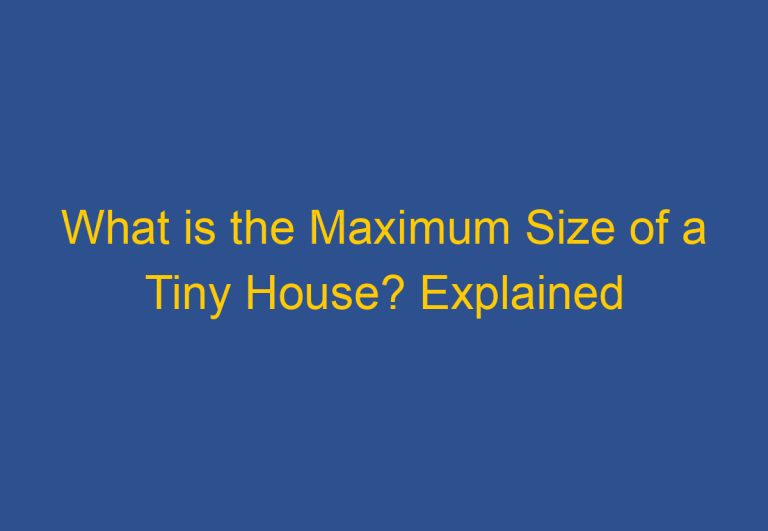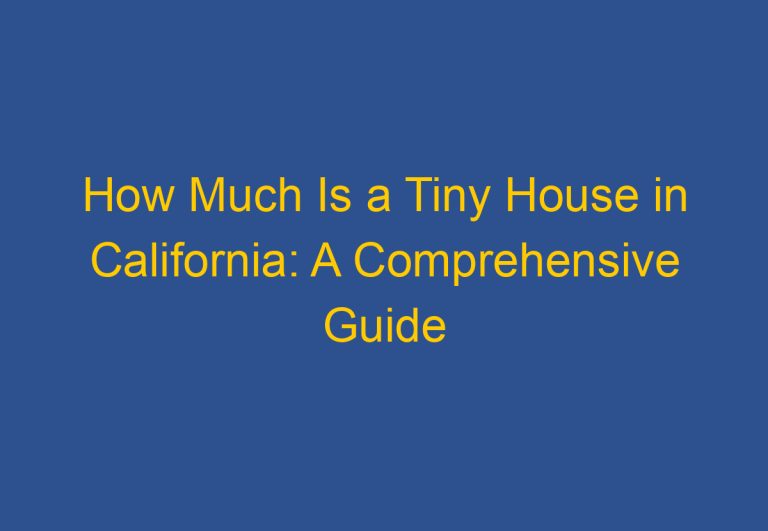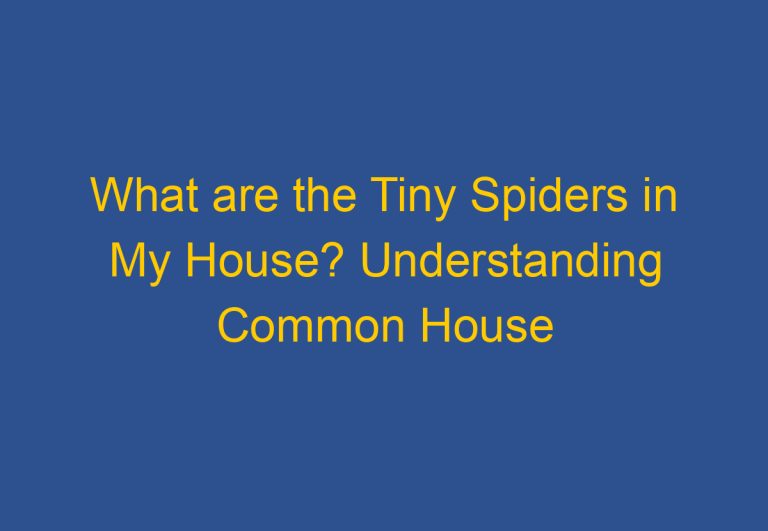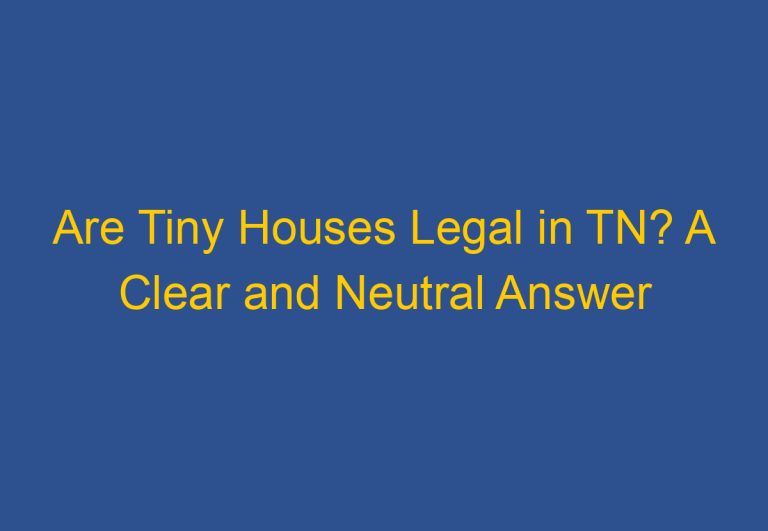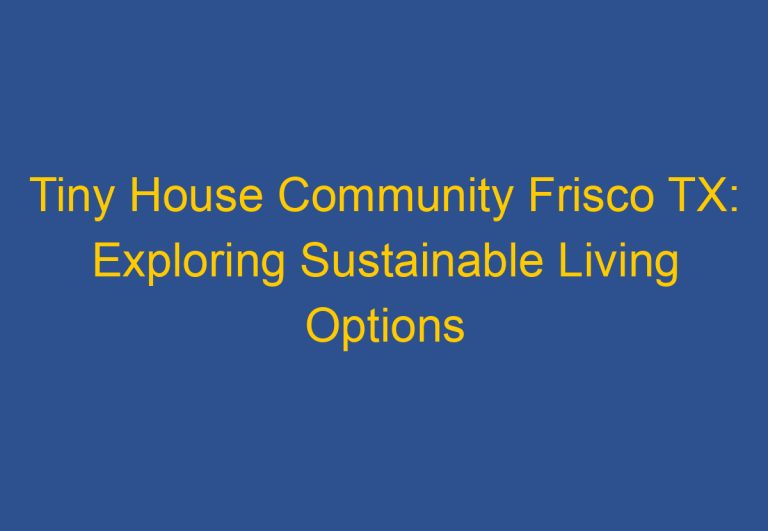How Much Do Prefab Tiny Homes Cost?
Prefab tiny homes have surged in popularity over recent years, offering a more sustainable and cost-effective alternative to traditional housing.
But how much do prefab tiny homes cost? This question is essential for anyone considering downsizing or seeking a minimalist lifestyle.
In this blog post, we’ll delve into the various factors that influence the cost of prefab tiny homes, from basic models to custom designs, and provide a comprehensive overview to help you make an informed decision.
Understanding Prefab Tiny Homes
Before diving into the costs, it’s crucial to understand what prefab tiny homes are. Prefabricated (or prefab) tiny homes are small dwellings constructed off-site in a factory setting and then transported to their final location. This method of construction offers several advantages, including reduced construction time, lower labor costs, and often better quality control.
Basic Models: Budget-Friendly Options
For those on a tight budget, basic prefab tiny homes can be a viable option. These homes typically come without loft space or upscale finishes, focusing on functionality and affordability.
According to A Plus Construction & Remodeling, basic models can range from $20,000 to $50,000. These homes are perfect for individuals or couples looking for a simple, no-frills living space.
Mid-Range Models: Balance Between Cost and Comfort
If you’re looking for a balance between affordability and comfort, mid-range prefab tiny homes might be the right choice. These homes often include additional features such as loft spaces, upgraded finishes, and more sophisticated designs. As noted by HomeGuide, the average cost to build a tiny house, including materials and labor, ranges from $30,000 to $70,000. This price range offers a good mix of quality and cost-efficiency, making it a popular choice among tiny home enthusiasts.
High-End Models: Luxury in a Small Package
For those who desire luxury and are willing to invest more, high-end prefab tiny homes offer a range of premium features. These homes can include custom designs, high-quality materials, and advanced technology integrations. According to Element Homes, the cost of a high-end tiny house can range from $80,000 to $200,000, depending on the complexity of the design and the materials used. These homes provide a level of comfort and sophistication that rivals traditional houses.
Customization Costs
One of the significant advantages of prefab tiny homes is the ability to customize them to fit your needs and preferences. However, customization can significantly impact the overall cost. Adding features like solar panels, high-end appliances, and custom cabinetry can drive up the price. As highlighted by Clever Tiny Homes, the cost of customization can vary widely but generally increases the base price of the home.
Foundation vs. Trailer-Based Tiny Homes
Another factor influencing the cost of prefab tiny homes is whether they are built on a foundation or a trailer. Trailer-based tiny homes are often more affordable and offer the advantage of mobility. Building a tiny house on a foundation, however, can provide more stability and permanence but at a higher cost. Forbes notes that building a tiny house on a foundation can cost between $53,000 and $57,000, with foundation costs ranging from $5.50 to $8 per square foot.
Additional Costs to Consider
When budgeting for a prefab tiny home, it’s essential to consider additional costs beyond the base price of the home itself. These can include:
- Land Costs: Purchasing or leasing land to place your tiny home can vary greatly depending on location.
- Utility Hookups: Connecting to utilities such as water, electricity, and sewage can add to the overall cost.
- Permits and Zoning: Ensuring your tiny home complies with local building codes and zoning regulations may require permits, which can incur additional fees.
- Transportation: If your prefab tiny home is built off-site, transporting it to your location can also add to the cost.
Financing Options
Financing a prefab tiny home can be different from traditional home financing. Some options include personal loans, RV loans (for trailer-based homes), and tiny home-specific financing offered by some manufacturers. It’s important to explore all available options and choose the one that best fits your financial situation.
Benefits of Prefab Tiny Homes
Despite the costs, prefab tiny homes offer numerous benefits that make them an attractive option:
- Affordability: Even high-end models are often more affordable than traditional homes.
- Sustainability: Prefab tiny homes typically have a smaller environmental footprint due to their size and efficient use of materials.
- Mobility: Trailer-based tiny homes offer the flexibility to move your home if needed.
- Simplicity: Living in a tiny home encourages a minimalist lifestyle, reducing clutter and simplifying daily living.
Real-Life Examples
To provide a clearer picture of what you can expect, let’s look at a few real-life examples of prefab tiny homes and their costs:
- The Escape Traveler XL: This 319-square-foot tiny home on wheels features a full kitchen, bathroom, and sleeping loft. Priced at around $78,500, it offers a good balance of space and amenities.
- The Minim House: A sleek, modern tiny home with 210 square feet of living space, including a full kitchen and bathroom. The base model starts at $56,000, with customization options available.
- The Tumbleweed Elm: Known for its charming design and high-quality craftsmanship, this tiny home ranges from $60,000 to $80,000, depending on the chosen features and finishes.
Conclusion
So, how much do prefab tiny homes cost? The answer varies widely depending on the size, features, and level of customization. Basic models can start as low as $20,000, while high-end, fully customized homes can exceed $200,000. By understanding the factors that influence the cost and carefully considering your needs and budget, you can find a prefab tiny home that fits your lifestyle and financial situation.
Prefab tiny homes offer an exciting and viable alternative to traditional housing, providing affordability, sustainability, and a unique living experience. Whether you’re looking to downsize, embrace a minimalist lifestyle, or simply want a more sustainable way of living, a prefab tiny home may be the perfect solution for you.

